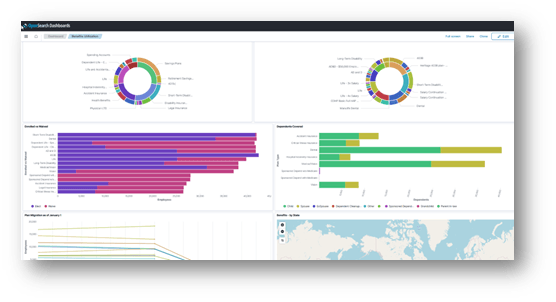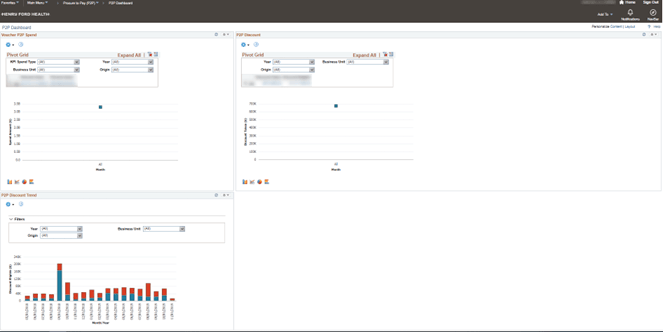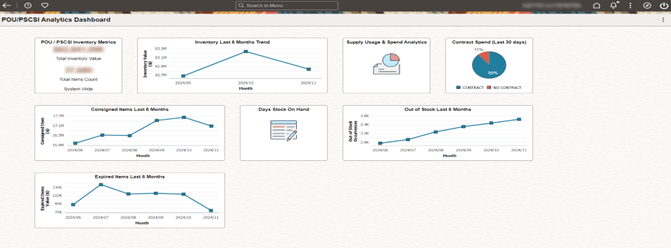Henry Ford Health
Henry Ford Health upgraded their PeopleSoft HCM and ERP systems
Summary
Henry Ford Health upgraded their PeopleSoft HCM and ERP systems. They used this opportunity to selectively adopt several new features, retire customizations, and improve the user experience. Additionally, they replaced several of their customizations by configuration and embraced a wide range of PeopleSoft analytics.
Customer comments
Henry Ford Health is an integrated, not-for-profit health care organization in the U.S. state of Michigan. Headquartered in Detroit, Henry Ford Health is the second-largest health system in Michigan, operating 13 hospitals across the Detroit, Flint, and Jackson areas.
Henry Ford Health uses PeopleSoft HCM and ERP for over 50,000 employees. Recently, Henry Ford Health upgraded PeopleSoft HCM from Image 29 to 45 and ERP from Image 39 to 43. This provided an opportunity to make improvements in several areas including:
- Selective adoption
- Configuration and de-customization
- Analytics
Selective adoption
At Henry Ford Health, we embraced the selective adoption process ranging from implementation of small features to full modules, bringing in significant system enhancements. The following features and modules were implemented:
- Mobile-friendly Fluid Benefits Enrollment replacing the existing classic version.
- Fluid Benefits Statement.
- Fluid Life Events.
- Fluid Benefits summary for administrators.
- Data masking.
- eProcurement.
The implementation came with many challenges including addressing setup complexities, dependencies, and mapping customizations to the delivered business processes. For the implementation of eProcurement, which had common objects sharing functionality between multiple modules, we decided not to update the other modules.
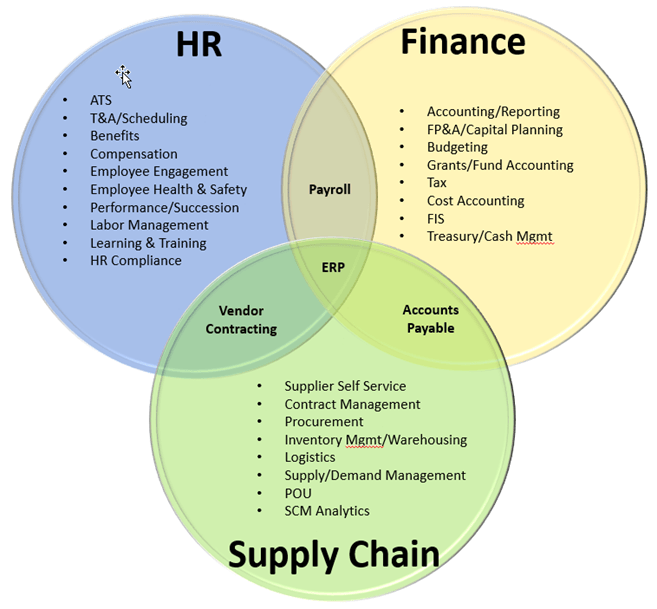

Following the recommended guidelines and streamlining the implementation process ensured smooth adoption.
In the end, management and users were appreciative of the effort and happy with the user-friendly interface, which didn’t require much training, as most of it was self-explanatory.
ERP - At Henry Ford Health, we were early adopters of the fluid interface, implementing Fluid Travel & Expenses. It was an enriching experience as we were learning and implementing simultaneously. Following this implementation, we developed many bolt-on functionalities using the fluid interface for inventory functions – ordering, delivery, receiving and picking through handhelds. In addition, we heavily customized the fluid Approvals to suit our management needs.
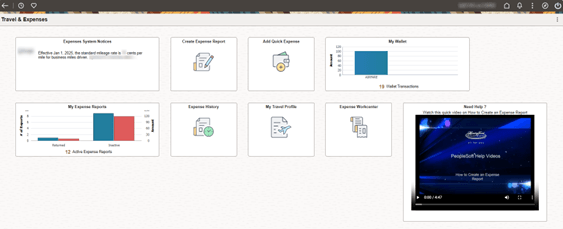
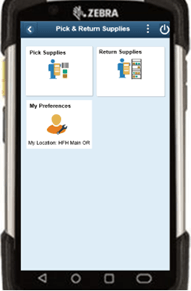
In the early days, due to the limitations with the fluid front, Classic Plus was the go-to for developing any internal processes that had high volume of transactions.
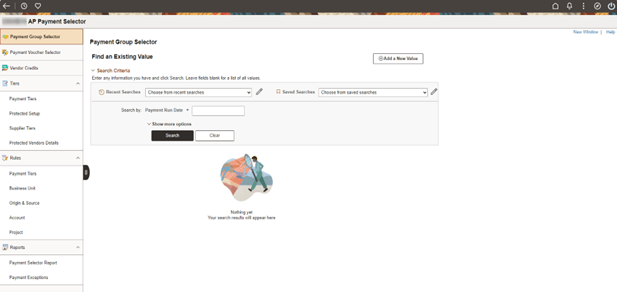
HCM - Before the release of fluid Onboarding, onboarding was managed through a classic WorkCenter. Henry Ford Health transitioned to fluid Onboarding, offering an optimized user experience across mobile and desktop platforms. Differentiating production and test environments with distinct CSS branding added clarity, while retiring classic employee and manager self-service pages improved accessibility and usability. Additionally, Henry Ford Health enhanced employee engagement by integrating a news carousel on fluid pages using CSS and jQuery.
Details:
- Migrated from classic WorkCenter Onboarding to fluid Onboarding, enhancing mobile usability.
- Applied unique branding with CSS to distinguish system environments.
- Retired classic ESS/MSS pages, replacing them with user-friendly fluid alternatives.
- Added interactive elements like a CSS/jQuery-based news carousel.
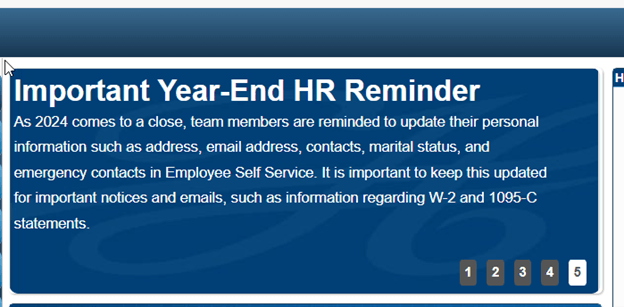
Configuration and de-customization
Henry Ford Health leveraged PeopleSoft-delivered Approval Workflow Engine (AWE) processes to replace the legacy MSS Bus Interop for manager transactions, enabling better approval hierarchies and reducing reliance on customizations. Additionally, the outdated Open Enrollment dashboard was modernized using PeopleSoft Insights, offering advanced analytics built on search indexes.
Details:
- Replaced custom MSS transactions with delivered AWE processes for streamlined approvals.
- Implemented advanced approval hierarchies using the latest AWE functionality.
- Modernized Open Enrollment dashboards with PeopleSoft Insights for analytics.
- De-customized the classic Open Enrollment statement, adding a Delivered Benefits Enrollment Statement with PDF support for temporary and final confirmations.
- Benefits Administrator WorkCenter: A dedicated section within an HR management system where a benefits administrator can access and manage all aspects of a company's employee benefit plans, including enrolling new employees, processing claims, updating benefit details, resolving employee inquiries, and generating reports, all in one centralized location.

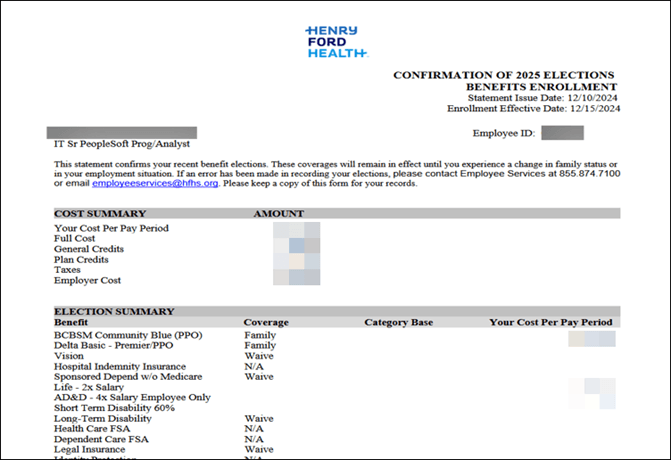
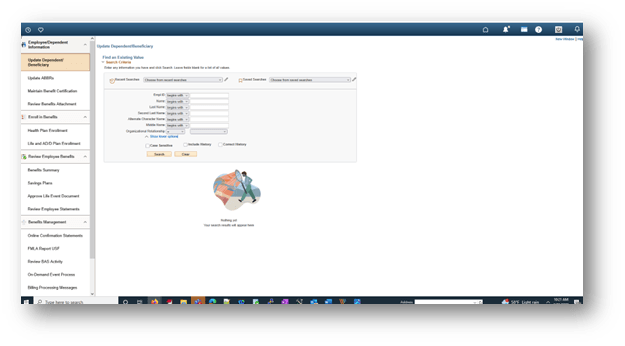
In recent projects, we have made a deliberate effort to minimize customizations by leveraging the latest features introduced by PeopleSoft. By utilizing event mapping, Page and Field Configurator, and AE Action plugins, we were able to reduce nearly 60% of the customizations in our environment. This strategic approach not only simplified our system but also led to significant savings in time, effort, and cost—particularly for future upgrade processes. By embracing these tools, we’ve positioned ourselves for smoother and more cost-effective upgrades going forward.
- Page and Field Configurator - We replaced most of our customizations on the setups, run controls and low to moderately used pages.
- Application Engine action plug-ins - This provided us the flexibility to implement the custom logic driven by business needs, allowing us to override the delivered code as necessary. We did a comprehensive analysis during a recent PUM upgrade and decided to isolate customizations in the delivered Application Engine programs with AE plug-ins as much as possible.
- Event mapping and drop zones - Using event mapping helped us retain our customizations when updating the PUM images, without encountering significant issues. As the feature evolved, support to more field events was added, providing opportunity to migrate further customizations into its framework.
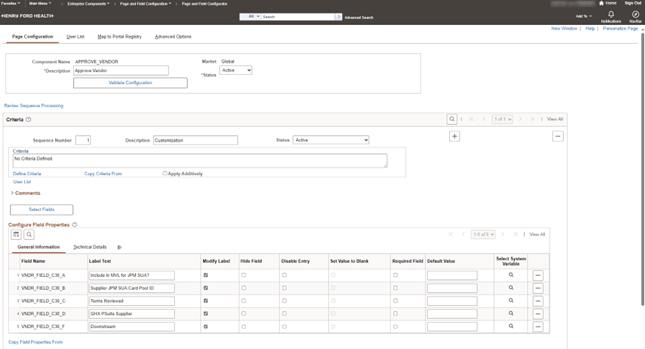
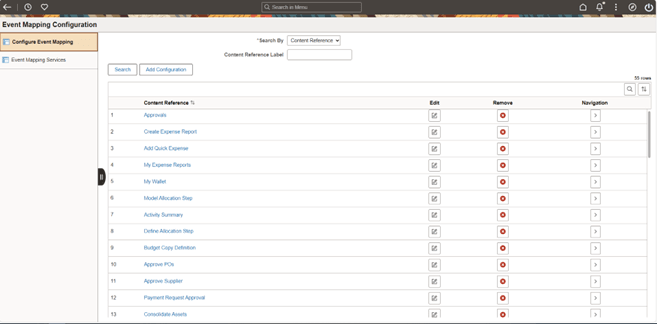
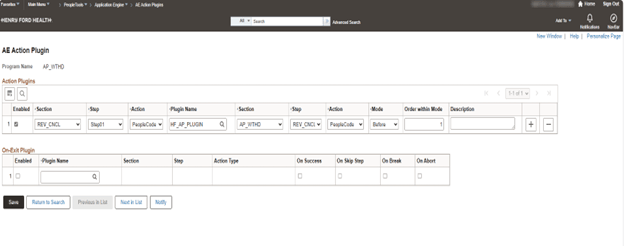
Analytics
HCM: During COVID-19, Henry Ford Health had developed numerous pivot grids to equip administrators and managers with real-time insights, enabling quick decision-making during critical times. The Benefits Utilization Dashboard, built using PeopleSoft Insights, introduced dynamic filters and interactive visualizations, providing actionable data for better decision-making. To further enhance data analysis, we utilized fluid pages to create intuitive dashboards, including metrics for employee productivity and business unit performance. Key deployments include:
- Employee Productivity Dashboards: Tracking overtime, missed lunch breaks, and employee engagement for operational efficiency.
- Business Unit Heat Maps: Developed interactive visualizations, including impact plans, Gallup plans, and trust plans for better resource alignment.
- Built pivot grids for real-time insights during the pandemic.
- Designed the Benefits Utilization Dashboard with dynamic filtering capabilities.
- Leveraged PeopleSoft Insights to deliver data-driven analytics using indexed data.
ERP: Henry Ford Health uses pivot grids, simplified analytics, personalized analytic notifications, and PeopleSoft Insights
Pivot grids with interactive charts served as a powerful tool for our business end-users, enabling them to slice and dice data. They offer a mechanism to interpret complex data and generate insights based on immediate needs. We reviewed all Excel reports used within the organization to identify those best suited for pivot grids and configured them accordingly. Additionally, we pinpointed key areas within the organization that would benefit from pivot grids and deployed them to monitor P2P metrics, purchase order acknowledgments, and Match Workbench.
